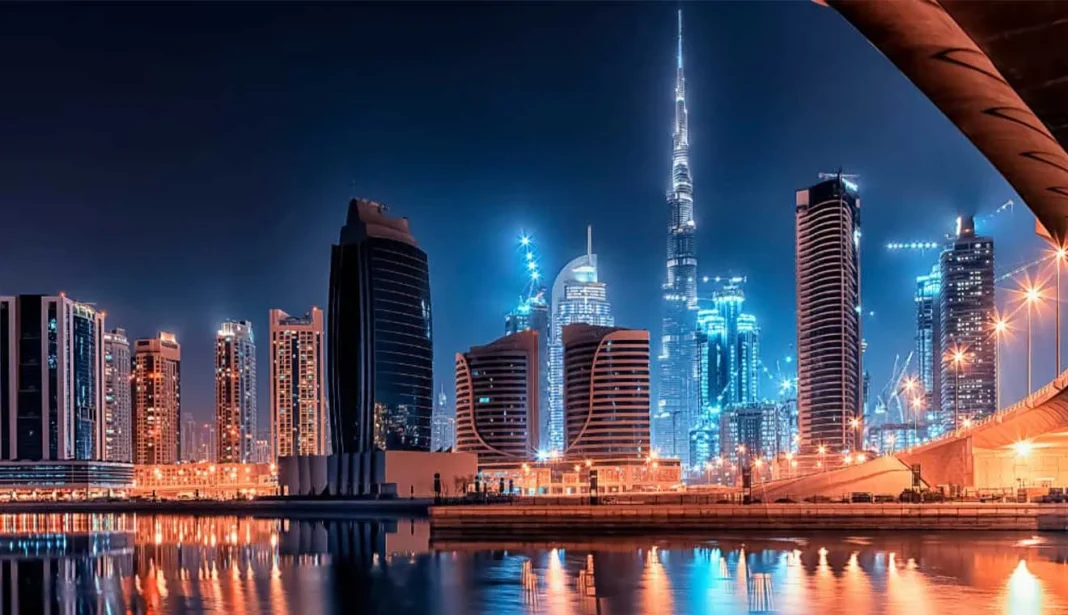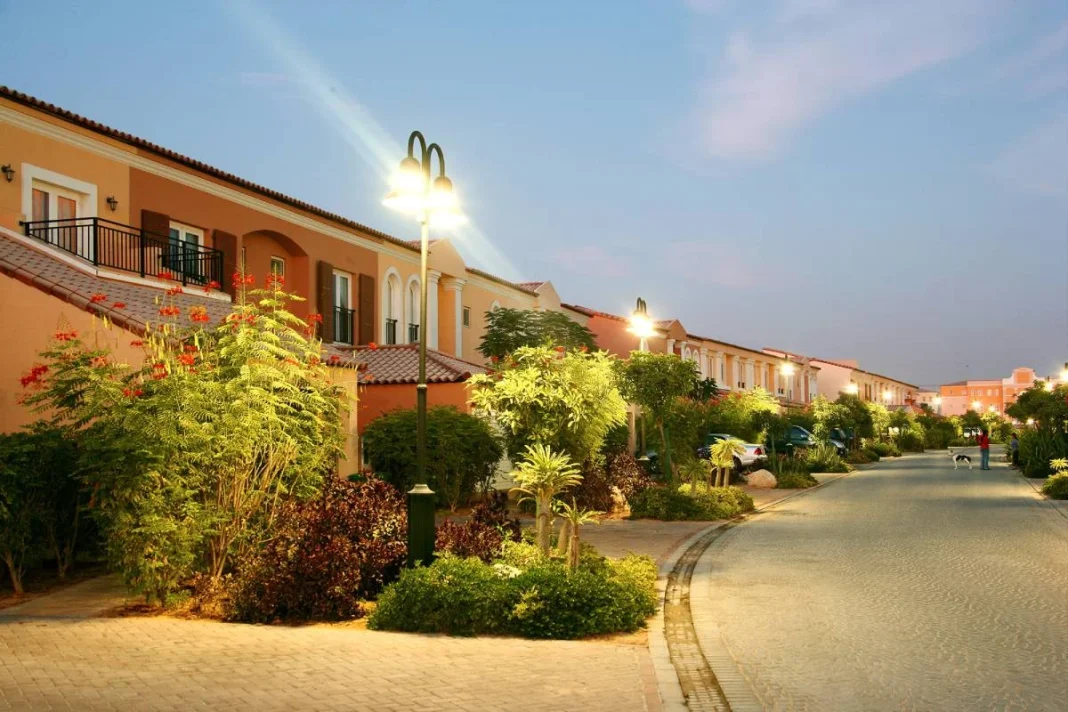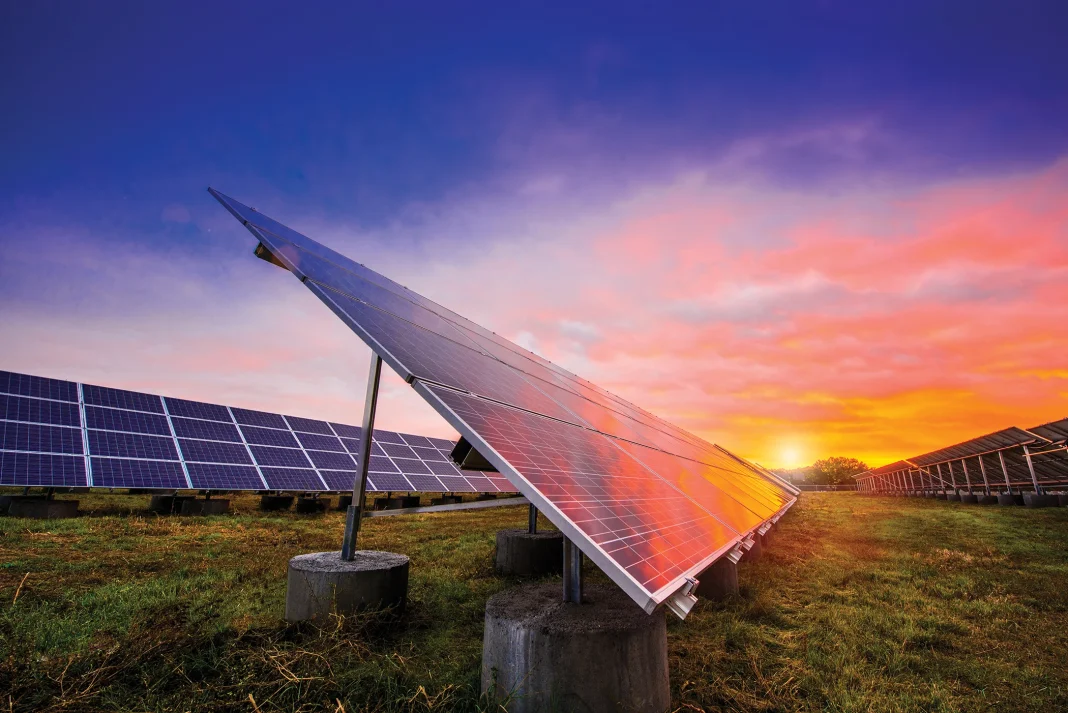The economy of the United Arab Emirates (UAE) is projected to experience notable growth in the coming years, according to the latest data from the World Bank. According to the semi-annual economic update for the Middle East and North Africa, the Gross Domestic Product (GDP) of the UAE will grow by 3.3 percent in 2024 and will reach 4.1 percent in 2025. This growth reflects the diversification of its economy, which has evolved beyond its traditional dependence on oil. The UAE is preparing to lead in growth, serving as an example in the region of how a country can supplement its economy with other productive sectors.
The report titled “Growth in the Middle East and North Africa” highlights the projection that the UAE will achieve a real GDP per capita growth of 2.5 percent in 2024 and 3.4 percent in 2025, driven by the performance of the non-oil sector, which continues to show remarkable resilience and expansion. In this way, the Emirates continue their path toward a more diversified economy that is less vulnerable to fluctuations in the global energy market, which is a crucial aspect of the country’s sustainable development.
Despite this growth, the report also notes that the UAE’s current account surplus will decrease to 7.5 percent in 2024, down from 9.2 percent of GDP in 2023, reflecting the challenges that the Emirates still face in their economic diversification process. This data shows that, although the UAE is on a growth trajectory, the sustainability of this progress will depend on the country’s ability to continue adapting to the needs and peculiarities of a constantly evolving global market.
The economic diversification of the UAE: a model to follow
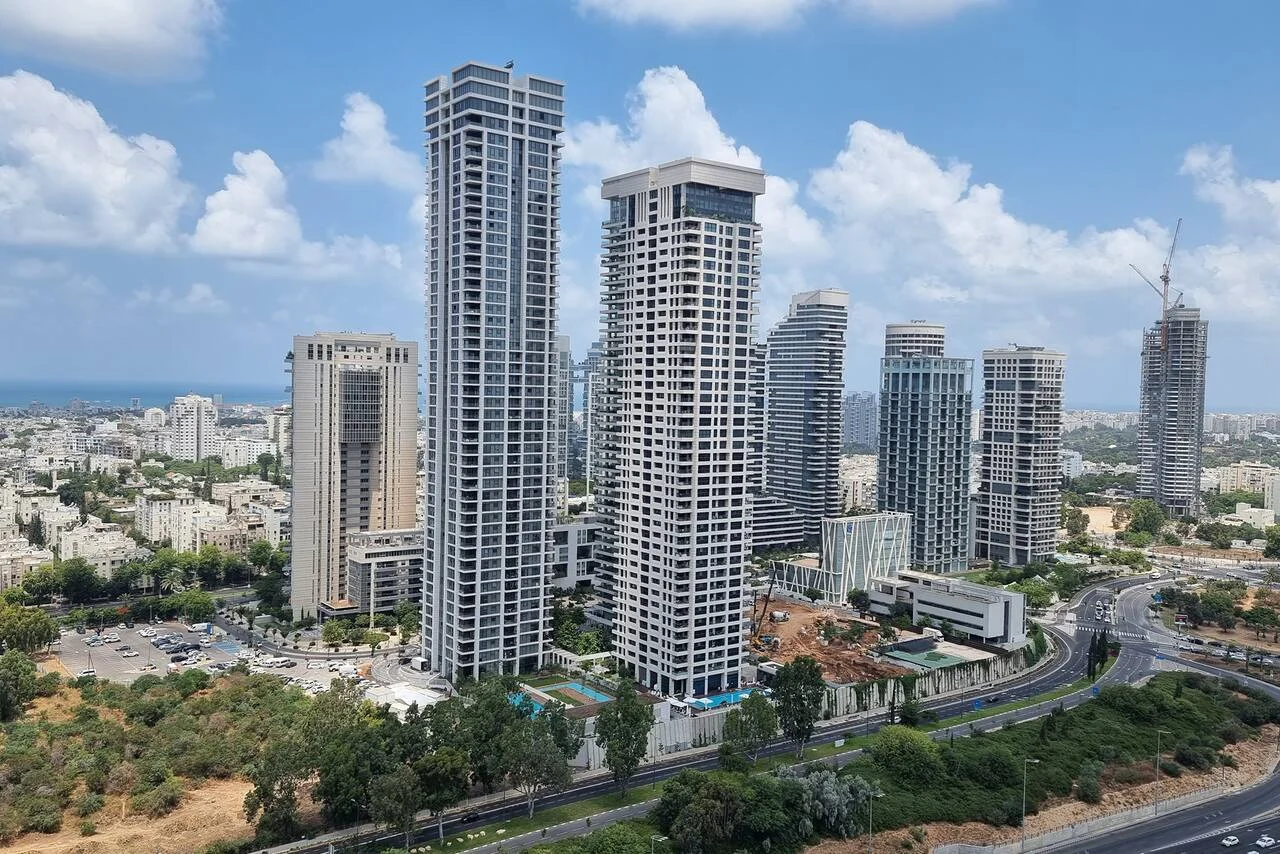
The economic diversification of the United Arab Emirates has been one of the keys to its development in recent decades. The strategy of not relying solely on oil has allowed the UAE to position itself as a global center for trade, tourism, and finance. Companies from multiple sectors are establishing bases in the UAE, which in turn contributes to the sustained growth of GDP. This approach has resulted in the strengthening of infrastructure and innovation, crucial elements for maintaining dynamism in the global context.
The expansion of the tourism sector is a clear example of the positive results achieved through diversification. With iconic monuments like the Burj Khalifa and renowned international events, the Emirates has established itself as a premier tourist destination, attracting millions of visitors each year. This boom in tourism has generated a multiplier effect on other industries, such as dining, transportation, and retail, significantly benefiting the local economy.
The technology sector is also gaining importance in this diversification process. The UAE has been investing in innovation and creating a conducive environment for startups and tech companies. This interest in technology positions the country as a leader in the development of digital solutions, a key area in the modern economy that is set to play a fundamental role in the comprehensive growth of GDP in the coming years.
Impact of the non-oil sector on GDP
The non-oil sector is fundamental to understanding the projected GDP growth of the United Arab Emirates. According to the World Bank report, this sector is expected to experience solid growth, translating into a greater contribution to the national economy. Investment in infrastructure, education, and technology has allowed industries such as manufacturing, construction, and services to grow significantly, thus diversifying the country’s sources of income.
Furthermore, the push for sustainability has led the UAE to invest in renewable energies, a sector that will expand in the upcoming years. Solar energy and other renewable sources not only impact environmental sustainability but also generate new jobs and investment opportunities, promoting economic growth. In this way, the UAE’s commitment to a sustainable economy is intertwined with its diversification strategy.
Another relevant area is trade, which has become a vital pillar of the Emirati economy. The geographical location of the UAE makes it a key trade hub, facilitating the exchange of goods and services between Asia, Europe, and Africa, favoring GDP growth. The creation of free zones and the implementation of policies that encourage foreign direct investment are measures that have contributed to this dynamism, fostering competitiveness and attracting capital to the country.
Projections and challenges of growth in the MENA region.
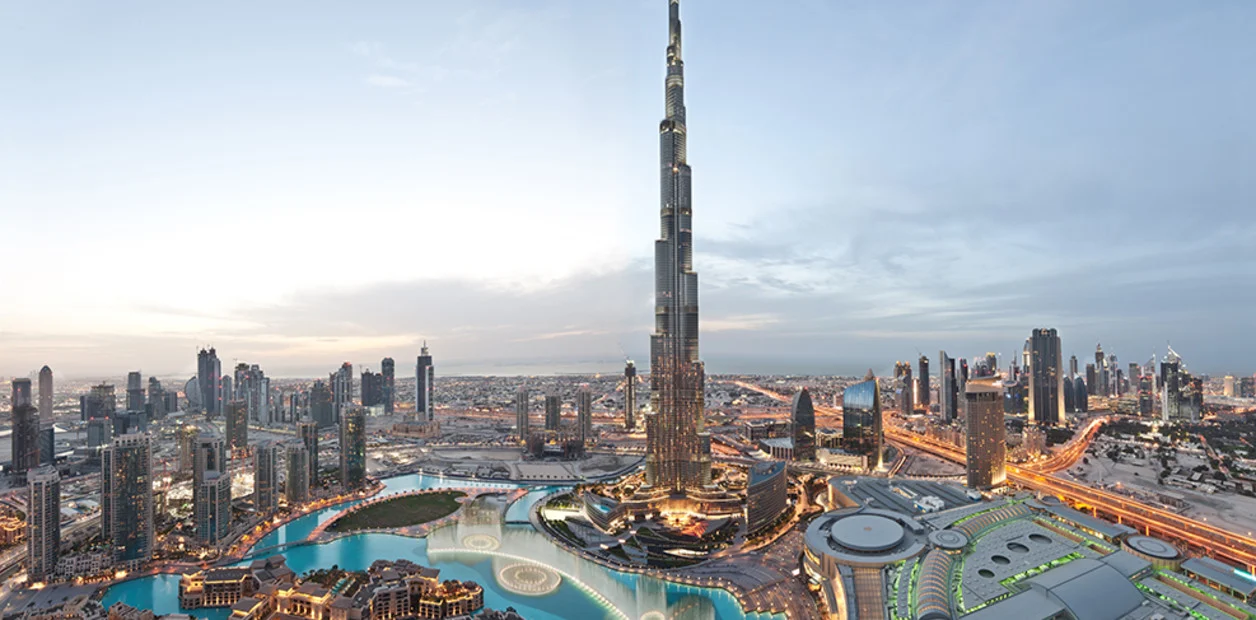
At the regional level, the World Bank report suggests that the Middle East and North Africa (MENA) region will also experience moderate growth in 2025, with a projection of 3.8 percent. However, this figure is less encouraging when it is observed that growth in some Gulf Cooperation Council (GCC) countries will strengthen, reaching 4.2 percent in 2025. This disparity among different countries in the region highlights the importance of adaptive economic policies for each national context.
Oil-importing countries, on the other hand, will face a slowdown in their growth, which will drop from 3.2 percent in 2023 to 2.1 percent in 2024. This decline may reflect a series of factors, such as political instability or the still significant dependence on energy imports. Therefore, it is crucial for these economies to recognize their vulnerabilities and formulate strategies that strengthen their sustainability and economic resilience.
Additionally, the projection for developing oil-exporting countries is a growth of 2.7 percent in 2024. This underscores the need to diversify their economies, similar to what the UAE has undertaken, to ensure a more stable economic future less dependent on crude oil prices. It is essential for these countries to learn from the experience of the Emirates and adopt measures that promote inclusive and sustainable growth.
The economic outlook for the UAE and the MENA region as a whole is, therefore, filled with opportunities as well as challenges. The decisions made in the coming months and years will be significant in determining how this growth materializes and how it will affect the lives of millions of people in the region.

